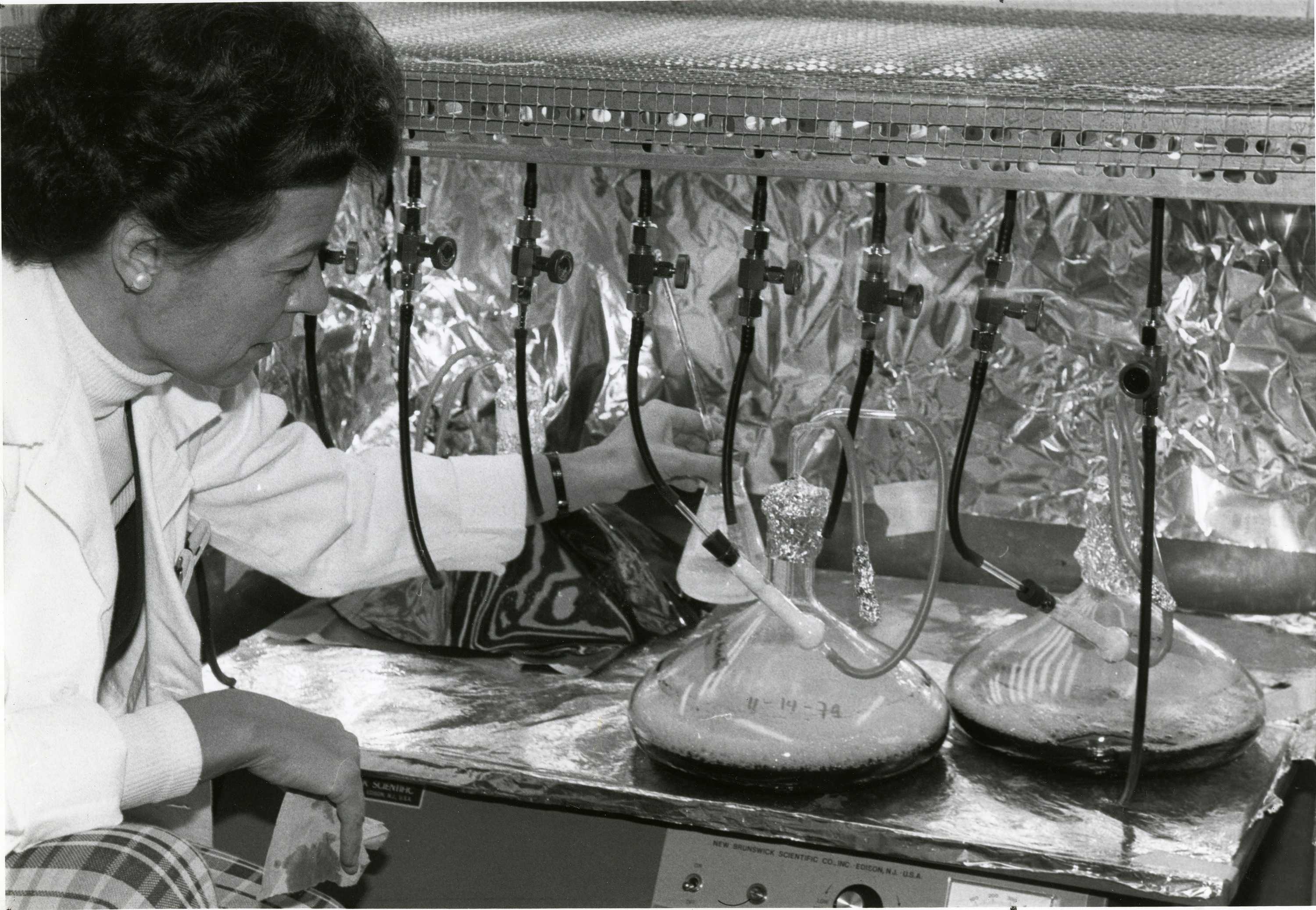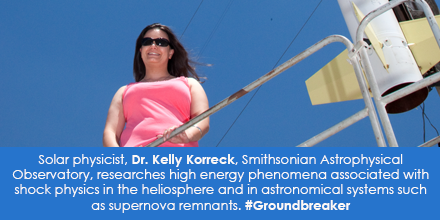Results for "Smithsonian Astrophysical Observatory. Solar and Stellar Physics Division"

Wonderful Women Wednesday: Dr. Shadia Habbal
- Date: June 21, 2017
- Creator: Effie Kapsalis
- Description: Astrophysicist Dr. Shadia Habbal, researches solar wind and eclipses, and established the solar-terrestrial physics research group at the Smithsonian's Astrophysical Observatory. #Groundbreaker

Smillie and the 1900 Eclipse
- Date: June 9, 2009
- Description: Access the official records of the Smithsonian Institution and learn about its history, key events, people, and research.

Establishment of the Smithsonian Radiation Biology Laboratory
- Date: February 16, 2021
- Creator: Jessica Scott
- Description: On this day in 1965, the Smithsonian Radiation Biology Laboratory became an independent research entity at the Smithsonian Institution.
- Blog Post
Science Service, Up Close: Up in the Air for a Solar Eclipse
- Date: January 24, 2017
- Creator: Marcel Chotkowski LaFollette
- Description: On January 24, 1925, for the first time in over a century, a total solar eclipse would be visible across the northern part of the United States. How scientists used a dirigible to observe the phenomenon.
- Blog Post
Smithsonian Volunteers: Thanks for the Time and Talent!
- Date: April 6, 2017
- Creator: Hillary Brady
- Description: In celebration of over a century of volunteer contributions at the Smithsonian, explore the work of some stellar volunteers from our collection.

Samuel Pierpont Langley and the Personal Equation Problem
- Date: April 12, 2018
- Description: The term “personal equation” came into use in the 19th century as scientists found that observers have inherent biases: some anticipate events, and some report events after they have occurred. Recognition of the problem led to a spate of personal equation instruments: some measured biases of this sort, and some reduced the effect of personal errors. Most of these
- Blog Post
Smithsonian Scientists at Work
- Date: April 20, 2017
- Description: [view:sia_slideshow==75408]Scientific research has been integral to the Smithsonian, from its founding to today. The Smithsonian's founder, Englishman James Smithson, saw in the U.S. (according to his biographer, Heather Ewing) "a place of the future" that could support "science and progress for humanity." He believed that scientists were "citizens of the world" and that the
- Blog Post
Stellar Evolution: A Journey with Chandra
- Date: April 25, 2012
- Description: The Chandra X-ray Observatory explains the origins of recently added image of stellar evolution to the Smithsonian Flickr Commons stream.

Wonderful Women Wednesday: Dr. Kelly Korreck
- Date: March 22, 2017
- Creator: Effie Kapsalis
- Creator: Effie Kapsalis
- Blog Post
See Here: 3/15/2010
- Date: March 15, 2010
- Creator: The Bigger Picture
- Description: [caption id="" align="aligncenter" width="430" caption="The Division of Radiation and Organisms Laboratory, located in the basement of the Smithsonian Institution Building, a division of the Smithsonian Astrophysical Observatory dedicated to studying the effects of solar radiation on organisms. Shown here is a vacuum type thermocouples of very high sensitivity, used in
- Blog Post
In Memoriam: Riccardo Giacconi (1931–2018)
- Date: December 17, 2018
- Creator: Tammy L. Peters
- Description: The Smithsonian Institution Archives remembers Riccardo Giacconi (1931–2018)
- Blog Post
What’s in a Name? Uncovering Early Women Computers
- Date: December 3, 2019
- Description: We’re uncovering names of some of the earliest women in science at the Smithsonian.
